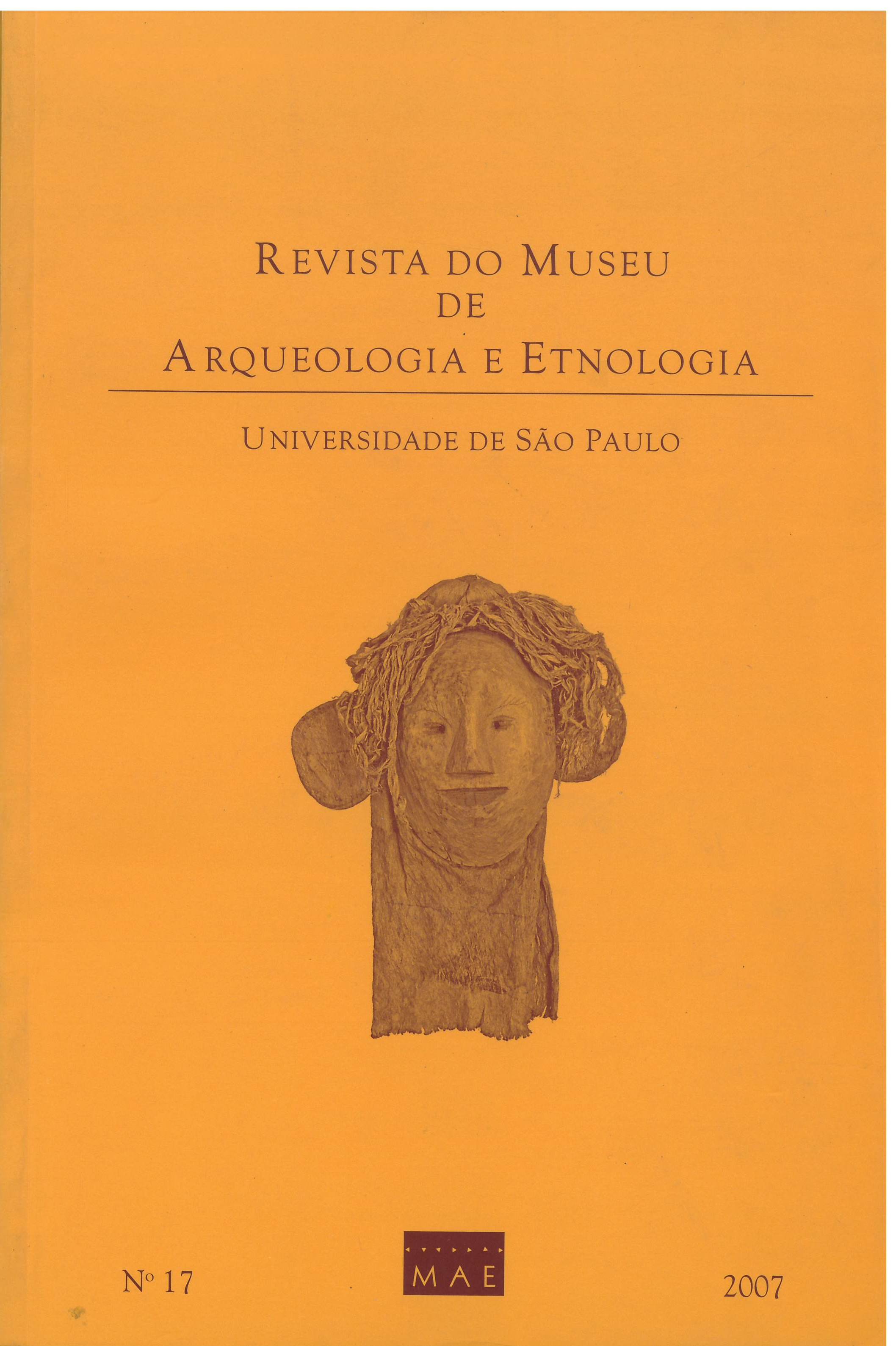Transition symbology on shod royal people representations in scenes from the second half of the New Kingdom
DOI:
https://doi.org/10.11606/issn.2448-1750.revmae.2007.89781Keywords:
Ancient Egypt, Egyptian art, Sandals symbology, Funerary artAbstract
Shod individuals depictions increase during the New Kingdom when for the first time royal people are illustrated in this way. Added to the basic meaning and function to protect from the soil and its impurities the sandals also contained illustrations of the classical enemies of Egypt in order that the Egyptian king, by means of magic, could submit them. However, in a series of paintings of that period which illustrate the shod monarchs in their tombs we can find the allusion to another meaning that when compared with other sources suggests the imminence of the transition to the other life. Aiming to stress the mentioned aspect we will study the example of queen Nefertari tomb of the 19th dynasty and some others in tombs situated in the Valley of the Kings.Downloads
Download data is not yet available.
Downloads
Published
2007-12-03
Issue
Section
Articles
License
Copyright (c) 2007 Cássio de Araújo Duarte

This work is licensed under a Creative Commons Attribution-NonCommercial-NoDerivatives 4.0 International License.
How to Cite
DUARTE, Cássio de Araújo. Transition symbology on shod royal people representations in scenes from the second half of the New Kingdom. Revista do Museu de Arqueologia e Etnologia, São Paulo, Brasil, n. 17, p. 293–304, 2007. DOI: 10.11606/issn.2448-1750.revmae.2007.89781. Disponível em: https://www.journals.usp.br/revmae/article/view/89781.. Acesso em: 19 may. 2024.













